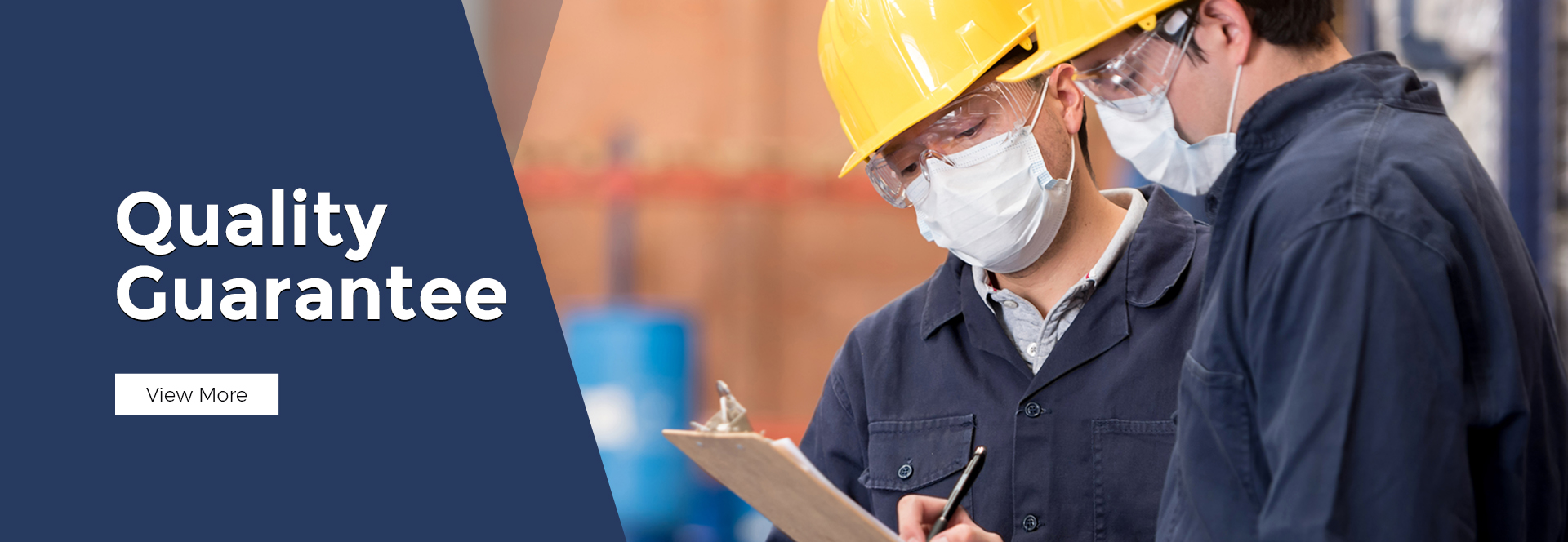Mobile:+86-311-808-126-83
Email:info@ydcastings.com
aluminium casting price
The Dynamics of Aluminium Casting Prices
Aluminium casting has become an essential part of various industries, ranging from automotive to aerospace and consumer goods. As demand for lightweight and durable materials grows, so does interest in the pricing dynamics of aluminium casting. This article explores the factors influencing aluminium casting prices, the fluctuations in market trends, and the implications for manufacturers and consumers alike.
Understanding Aluminium Casting
Aluminium casting is a process where molten aluminium is poured into a mold to create desired shapes and components. This method is popular due to its ability to produce intricate designs with high dimensional accuracy. The benefits of aluminium, such as its lightweight, resistance to corrosion, and excellent thermal conductivity, make it an ideal material for many applications. However, the price of aluminium casting is subject to various fluctuations based on several factors.
Key Factors Influencing Prices
1. Global Aluminium Prices The price of aluminium in its raw form is a critical driver of casting prices. This base price is influenced by global supply and demand dynamics. Factors such as mining production levels, geopolitical tensions, and economic conditions in key producing countries significantly impact aluminium prices. Recently, disruptions in supply chains due to economic or environmental reasons have led to increased prices of raw aluminium, which, in turn, raises casting costs.
2. Energy Costs Aluminium production is highly energy-intensive. Therefore, fluctuations in energy prices, particularly electricity and natural gas, directly affect casting costs. Regions with cheaper energy can produce aluminium more competitively, affecting local and global pricing trends. As renewable energy sources become more prevalent, fluctuations may continue, impacting long-term pricing strategies.
aluminium casting price

3. Labor and Manufacturing Costs The cost of labor and the operational expenses associated with foundries also contribute to the overall price of aluminium casting. Wage trends, workforce availability, and investment in technology can cause variations in production efficiency, subsequently affecting costs. The rise of automation and advanced manufacturing techniques can lead to longer-term reductions in costs, balancing price fluctuations.
4. Market Demand The demand for aluminium products can vary by sector. For instance, the automotive industry is increasingly seeking aluminium for lightweight vehicle components, driving up demand and potentially influencing prices. Similarly, trends in consumer electronics, construction, and packaging industries can have ripple effects on aluminium casting prices depending on the specific requirements of these markets.
5. Environmental Regulations Heightened awareness of environmental issues and sustainability has led to stricter regulations concerning aluminium production. Compliance with regulations can result in increased production costs, which may be passed on to consumers in the form of higher casting prices. On the other hand, companies adopting sustainable practices may benefit from lower long-term costs due to energy savings and improved efficiencies.
Market Trends and Outlook
Despite the pressures affecting aluminium casting prices, there is a robust market outlook driven by innovations in manufacturing and increasing use of aluminium across various applications. The trend towards electric vehicles, for example, is likely to bolster demand for aluminium castings due to their weight-saving properties, thus maintaining a steady price flow despite potential market fluctuations.
In conclusion, the price of aluminium casting is shaped by a complex interplay of global market dynamics, production costs, and technological advancements. Stakeholders in the aluminium supply chain need to remain vigilant, continuously adapting to these changing circumstances to ensure competitiveness in the market. As industries evolve, so too will the strategies to manage and predict aluminium casting costs, reflecting the intricate relationship between material, market, and environmental factors.
-
Why Should You Invest in Superior Pump Castings for Your Equipment?NewsJun.09,2025
-
Unlock Performance Potential with Stainless Impellers and Aluminum End CapsNewsJun.09,2025
-
Revolutionize Your Machinery with Superior Cast Iron and Aluminum ComponentsNewsJun.09,2025
-
Revolutionize Fluid Dynamics with Premium Pump ComponentsNewsJun.09,2025
-
Optimizing Industrial Systems with Essential Valve ComponentsNewsJun.09,2025
-
Elevate Grid Efficiency with High-Precision Power CastingsNewsJun.09,2025











